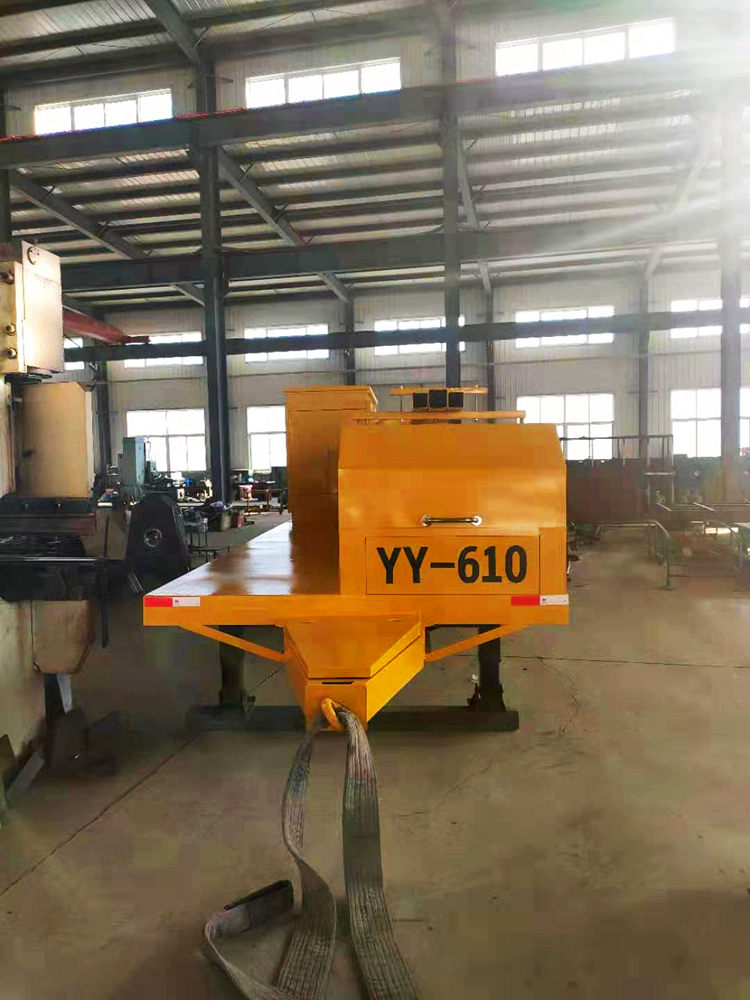
The Evolution of Suspended Ceiling T-Grid Forming Machines
In the world of construction and design, the suspended ceiling is an essential component that influences aesthetics, acoustics, and thermal comfort in various spaces. The structures that support these ceilings predominantly rely on T-grid systems, which are designed to hold ceiling panels in place. To meet the mounting demand for high-quality and efficiently produced T-grid systems, manufacturers have continually improved the technology behind suspended ceiling T-grid forming machines.
What Are Suspended Ceiling T-Grid Forming Machines?
Suspended ceiling T-grid forming machines are specialized equipment used to manufacture the T-shaped grids that form the skeletal framework of a suspended ceiling. These machines can produce T-grids with high precision and efficiency, allowing for rapid production runs that can meet various project demands. The machinery typically includes components for cutting, bending, and forming metal sheets into the desired T-shape, ensuring durability and uniformity in the final products.
The Importance of T-Grid Systems in Suspended Ceilings
The T-grid system is vital for supporting ceiling tiles in commercial and residential spaces. It allows for easy installation and accessibility to the spaces above the ceilings, such as HVAC systems and wiring, which can be essential for maintenance and repairs. The grid system also provides flexibility in design, enabling architects and designers to create visually appealing environments while addressing acoustic and insulation requirements.
Key Features of Modern T-Grid Forming Machines
Recent advancements in technology have introduced several features that enhance the efficiency and output of T-grid forming machines. Some of these key features include
1. Computer Numerical Control (CNC) CNC technology allows for precise control of the forming processes, ensuring that every T-grid produced meets specified dimensions and tolerances. This automation results in minimal waste and maximum efficiency during production.

2. Multifunctional Capabilities Modern machines can often perform multiple operations such as cutting, punching, bending, and even painting in a single pass. This integration of functions reduces production time and streamlines manufacturing workflows.
3. High Production Capacity Contemporary T-grid forming machines are designed to handle large volumes, making them essential for large-scale construction projects. The ability to quickly adjust for various designs means that manufacturers can respond effectively to changing market demands.
4. User-friendly Interfaces Advanced touchscreen interfaces and programmable settings allow operators to quickly switch between different grid designs and specifications, enhancing flexibility in production.
5. Energy Efficiency New innovations have led to machines that consume less power without sacrificing performance. This energy efficiency not only lowers operational costs but also aligns with the global trend toward sustainability in construction practices.
The Future of T-Grid Manufacturing
As the construction industry continues to evolve, so too will the machines that produce essential building materials. Future trends in T-grid forming machines may include more integration with artificial intelligence (AI) for predictive maintenance, leading to less downtime and increased productivity. Additionally, advancements in materials may present opportunities for producing T-grids that are lighter yet stronger, offering enhanced performance without added cost.
The shift toward sustainable materials and production methods is likely to influence the design and functionality of T-grid manufacturing equipment. Machines that incorporate recycled materials or offer easy recycling of leftover production scraps may become increasingly prominent as green building standards rise.
Conclusion
Suspended ceiling T-grid forming machines play a critical role in modern construction, facilitating the production of essential components for many structural designs. As technology advances, manufacturers will continue to enhance the efficiency, precision, and sustainability of these machines. Innovative features and capabilities will enable the construction industry to meet the challenges of tomorrow, creating spaces that are not only functional but also environmentally responsible and aesthetically pleasing. The evolution of T-grid forming machines is a testament to how far technology has come and how it will continue to shape the future of building design and construction.